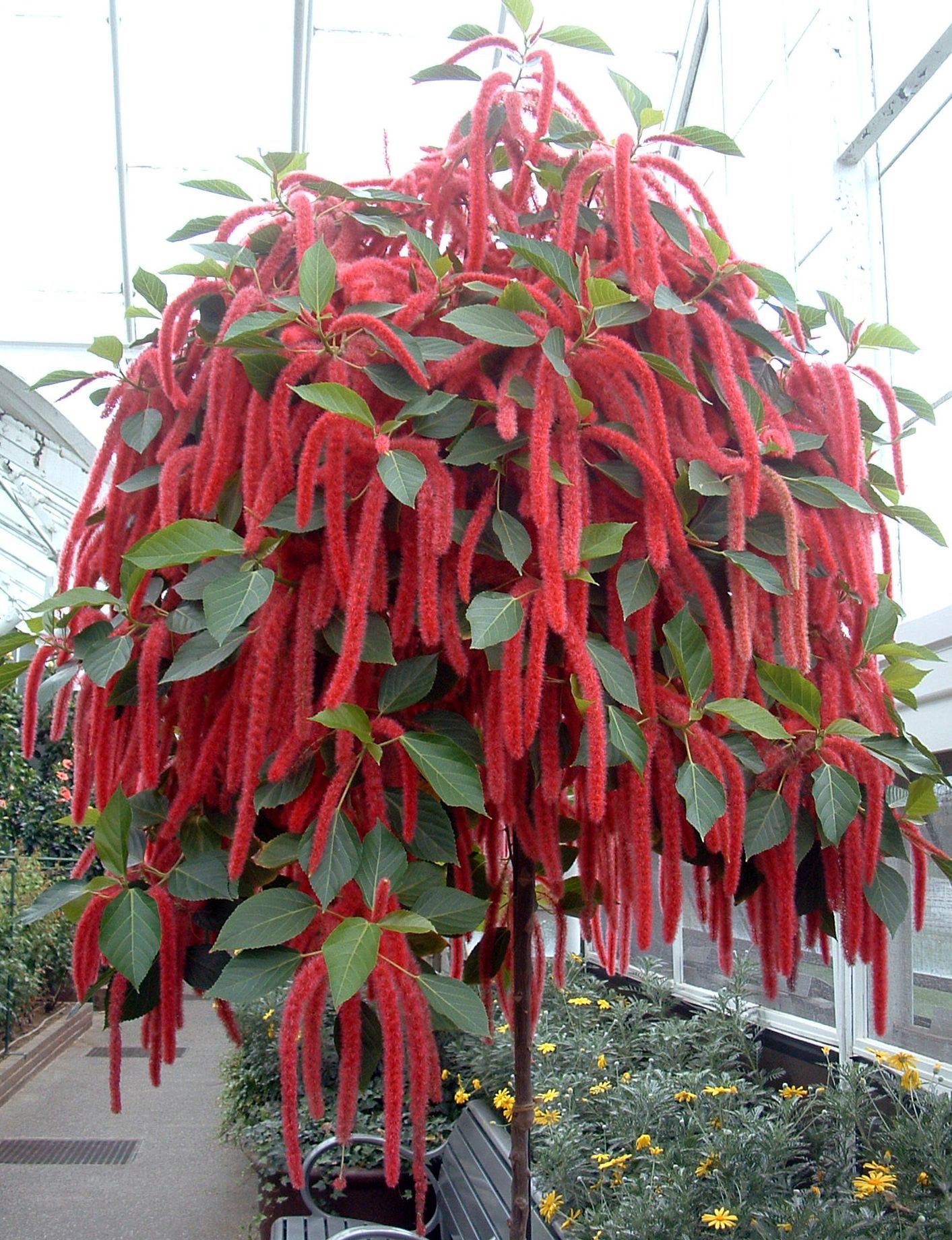|
||||||
Free Phalaenopsis Hybrids Plants A choice flowering plant that will produce a spectacular display provided that it is well cared for. In its natural environment, the rainforest, the Phalaenopsis is an epiphytic or tree-living plant, so it prefers a very open compost. Quite often it is grown in rock wool, the material that is used in roof insulation, but this can easily become too wet, causing the roots to rot off. Ideally, the plant should be grown in either specialist orchid compost or a mixture of coarse peat and bark. The Phalaenopsis produces flowers at various times throughout the year. The flowers often grow from the same spike, so it should only be cut back to just under the previous dead flowers. Alternatively, a fresh spike may be produced. Plant type : Flowering orchid with low but upright habit Season of interest : Flowers at various times throughout year Size : 20-60cm (8—24in) Flower : 5-7.5cm (2—3in) across, white to pink flowers on 30-60cm (1 -2ft) flower stems Leaf : Broad, strap-like, fleshy, 15-30cm (6-12in) long, 5-7.5cm (2—3in) wide, mid green Temperature : 18-22°C (64 — 72°F) Aspect/Light : Reasonably well-lit situation out of direct sunlight Humidity : High Watering : Evenly moisten compost throughout year, allowing to dry a little before re-watering; water with great care Feeding : Once every three to four weeks with half strength flowering plant fertilizer in spring and summer Propagation : Separate side shoots and plant in specialist orchid compost at 20-22°C (68-72°F) in spring or summer Potting : Orchid compost or coarse peat/bark mixture Problems : Fungal rotting of roots if over-watered Availability : Occasionally available at various times of the year Uses indoors : Feature plant for lounge, dining room or kitchen |
||||||
|
||||||
